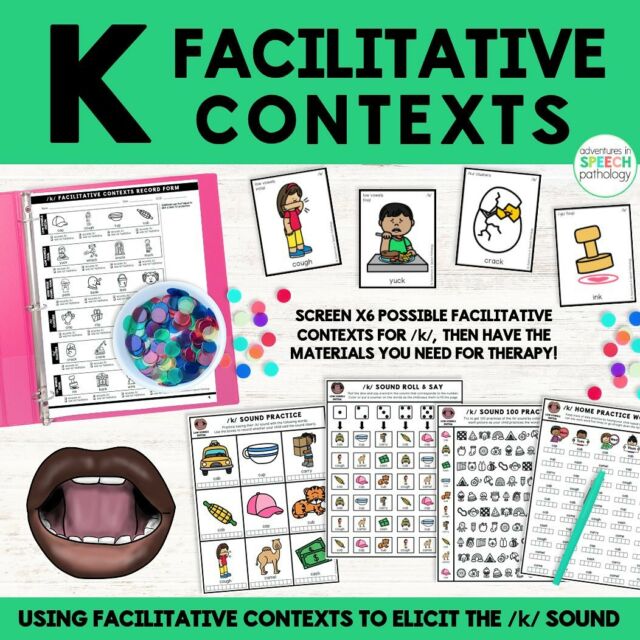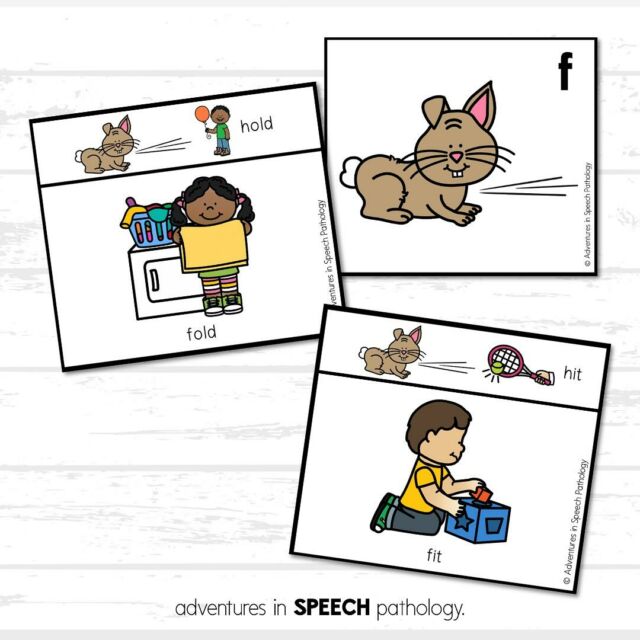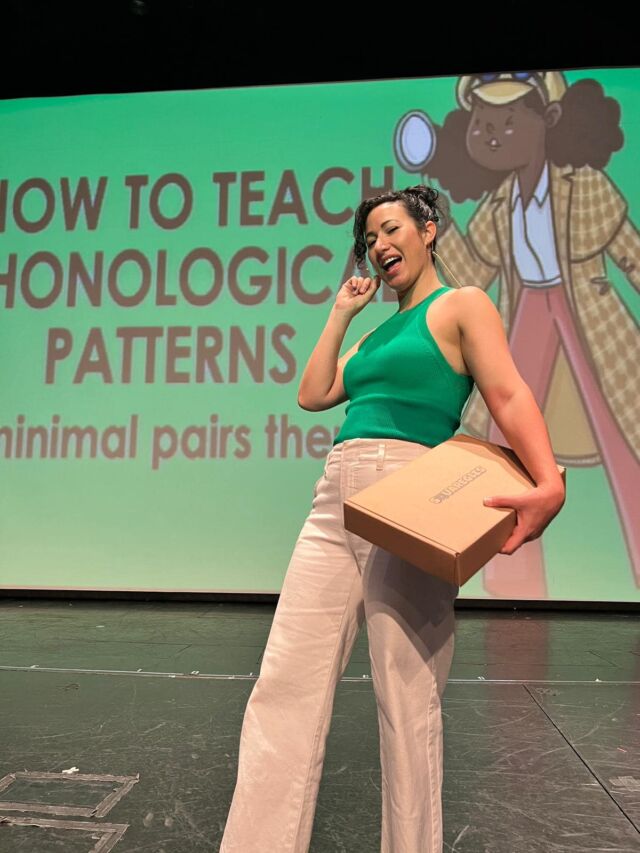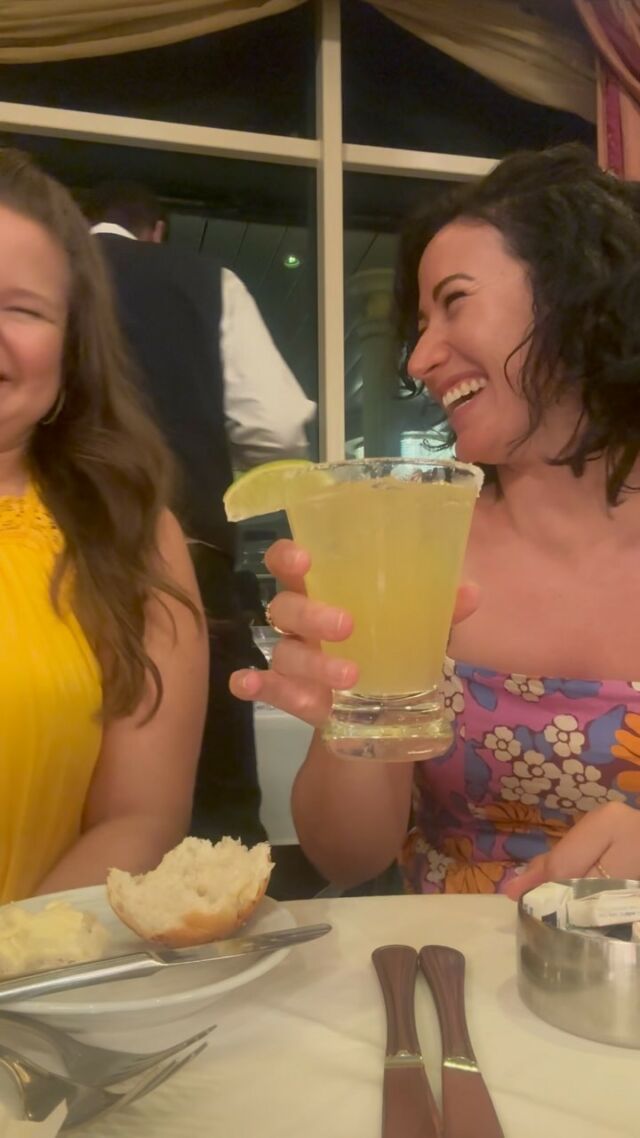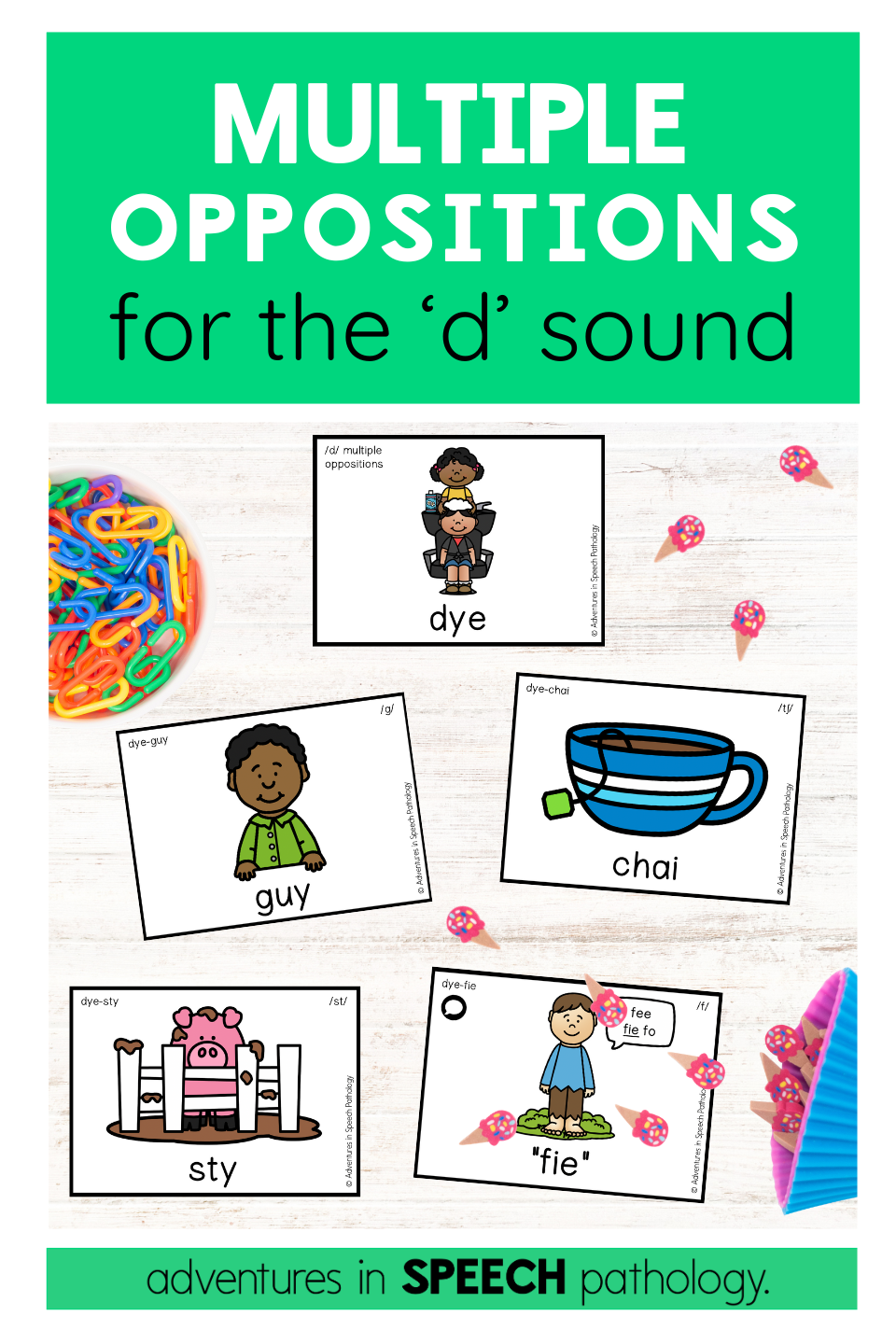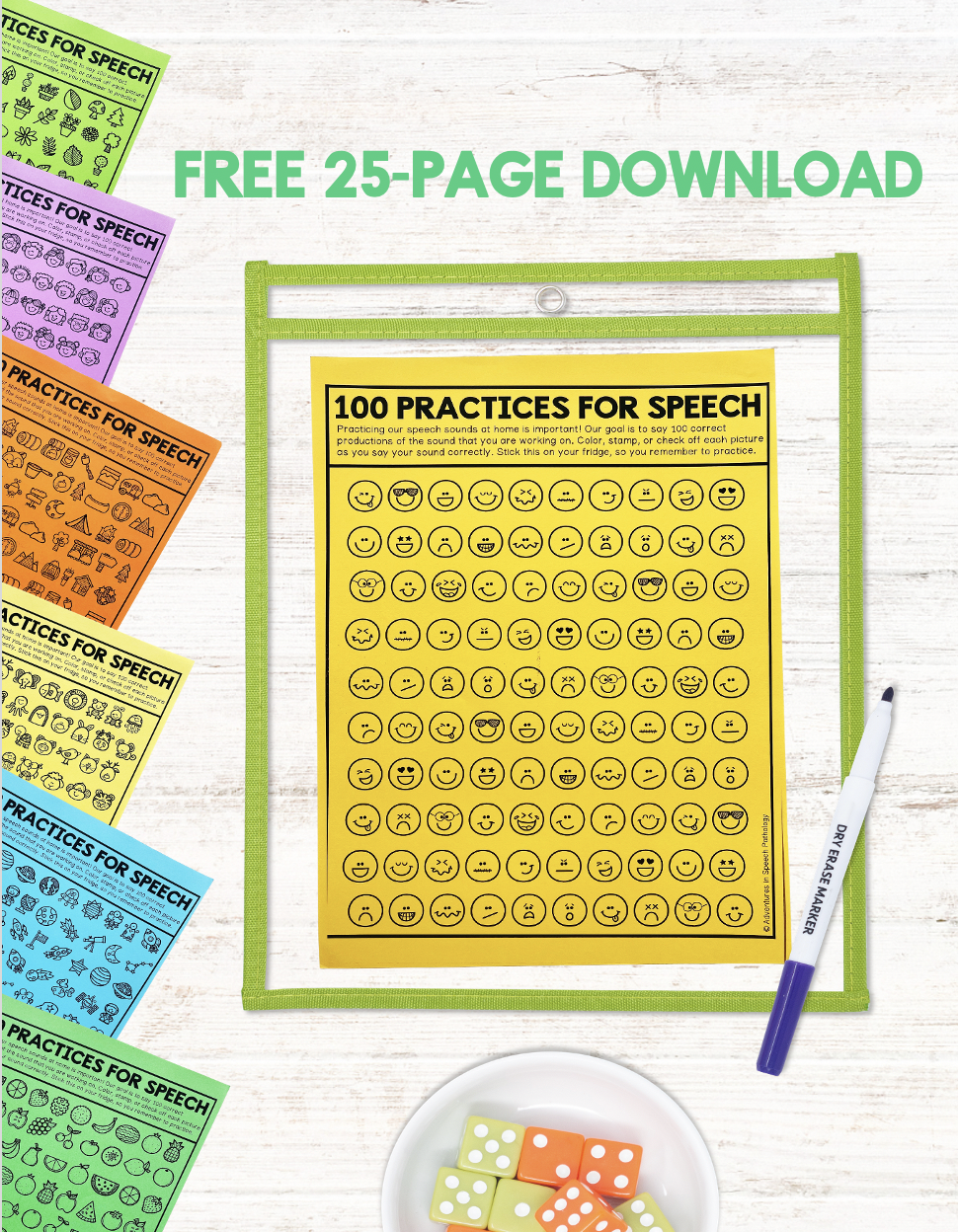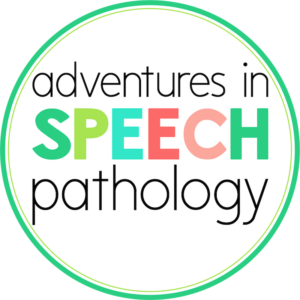I don’t know if you’ve ever experienced this, but some kids can be really reluctant to open their mouths and participate in an oral motor examination because
a) they don’t really know you
b) they’re not sure what’s going to happen
c) I think many kids see us donning our gloves and waving around a light and tongue depressor and think it might hurt!
try this in your next oral motor exam

Let the child look inside your mouth first. When I tell my students that they can switch off the lights and hand them a torch to look inside my mouth and tell me all the things they can see… their eyes light up! It’s then so much easier for me to say, “Okay, can I have a look in your mouth now?”
Other tips: Ask, “Can I look and see if I can guess what you had to breakfast/lunch?”
Involve other people! We have had parents and siblings join in to move their articulators so that the child isn’t singled out and we’re all doing it together. When shy or reluctant kids see Dad moving their tongue from side-to-side, it’s a great model for them to do it too!
Other tip: If the child attends the evaluation on their own, a hand puppet with a moveable tongue can be fun!
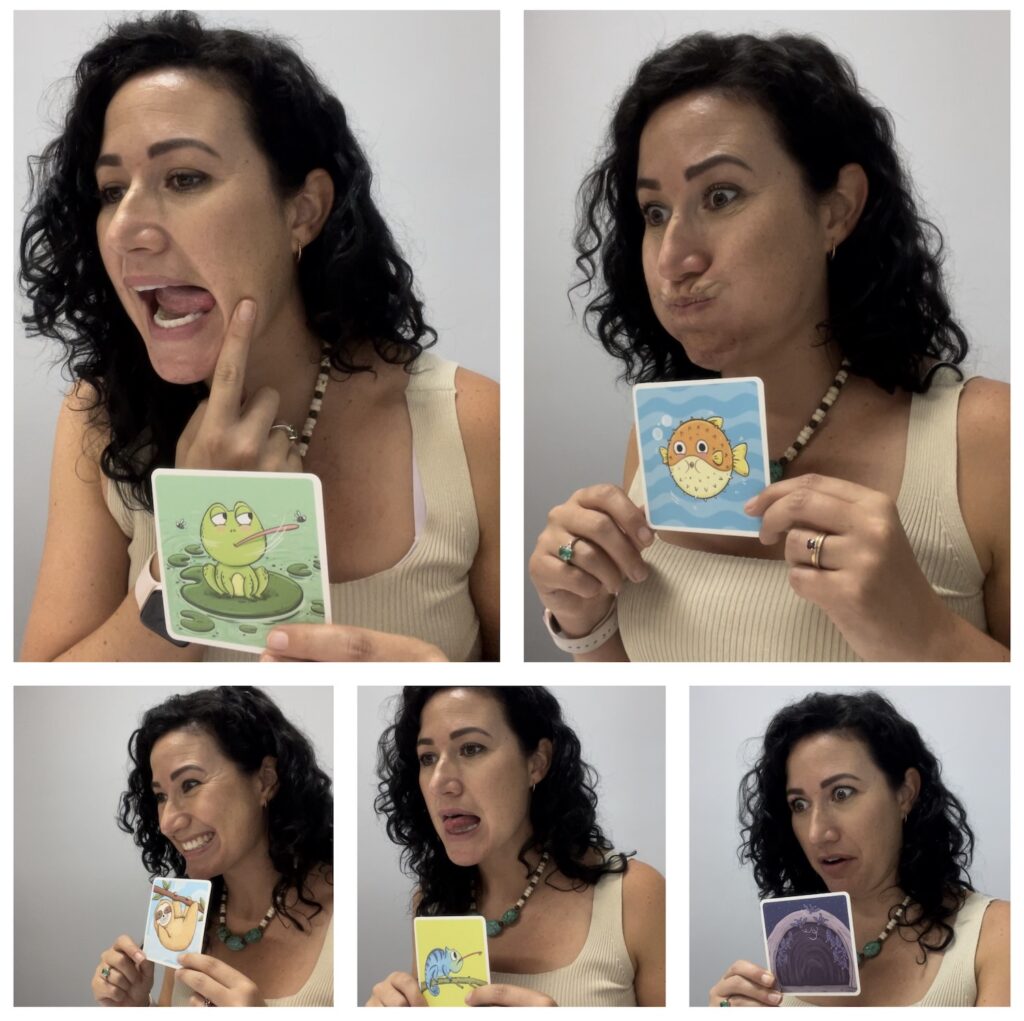
Make it fun to get the information you need! Ask the child to:
“Move your tongue from side-to-side like a frog catching flies.”
“Puff up your cheeks like a puffer fish.”
“Smile with your teeth together like a sloth.”
“Stick out your tongue like a chameleon catching a bug.”
By relating each area of assessment with fun animal faces, your child won’t even know they’re being assessed!
oral motor assessment cards
If you’re looking to add oral motor assessment cards to your evaluation toolkit, we have authored this deck featuring animals published with Bjorem Speech Publications.
They include:
- * 32 cards assessing the mandible, lips, tongue and oral cavity
- * double oral motor movements
- * Diadochokinesis (DDK) rates
- * A comprehensive 5 page record form
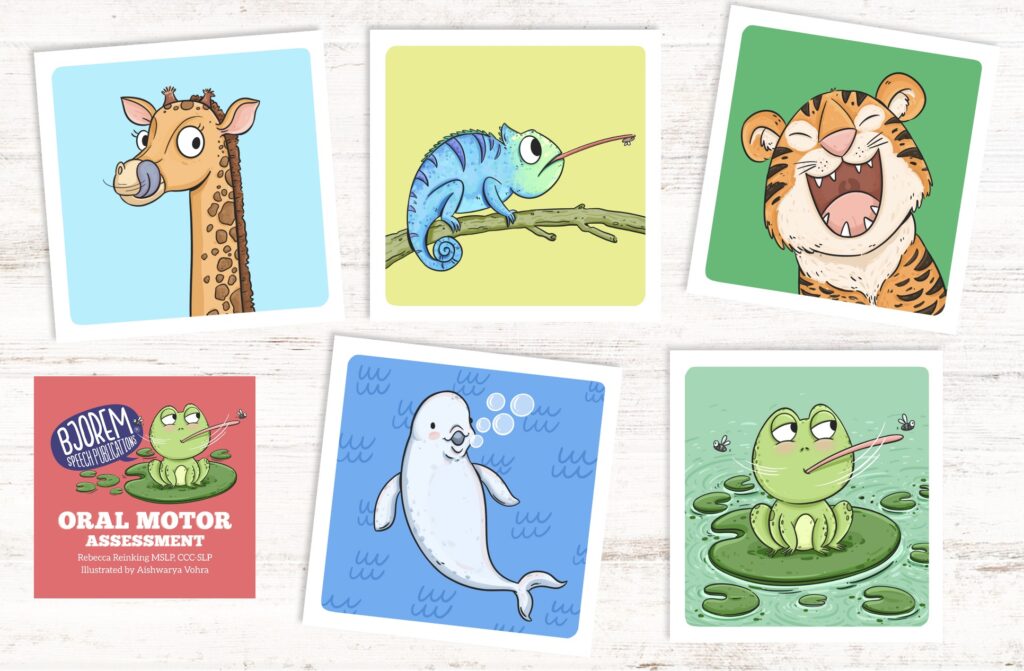
We have one more tip for you: With verbal permission or signed consent, film your oral motor assessment so that you can keep the evaluation moving and write down your observations at a later time (I personally find it hard to juggle all this at once and not miss anything!)

